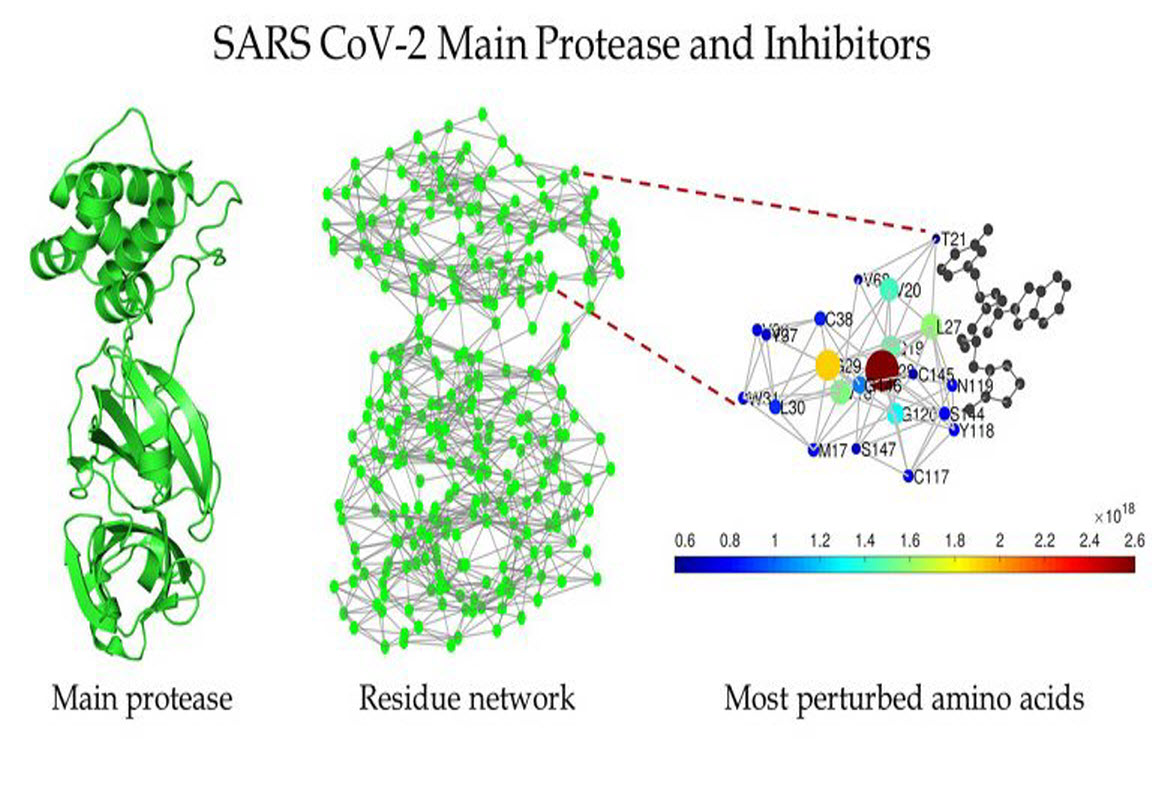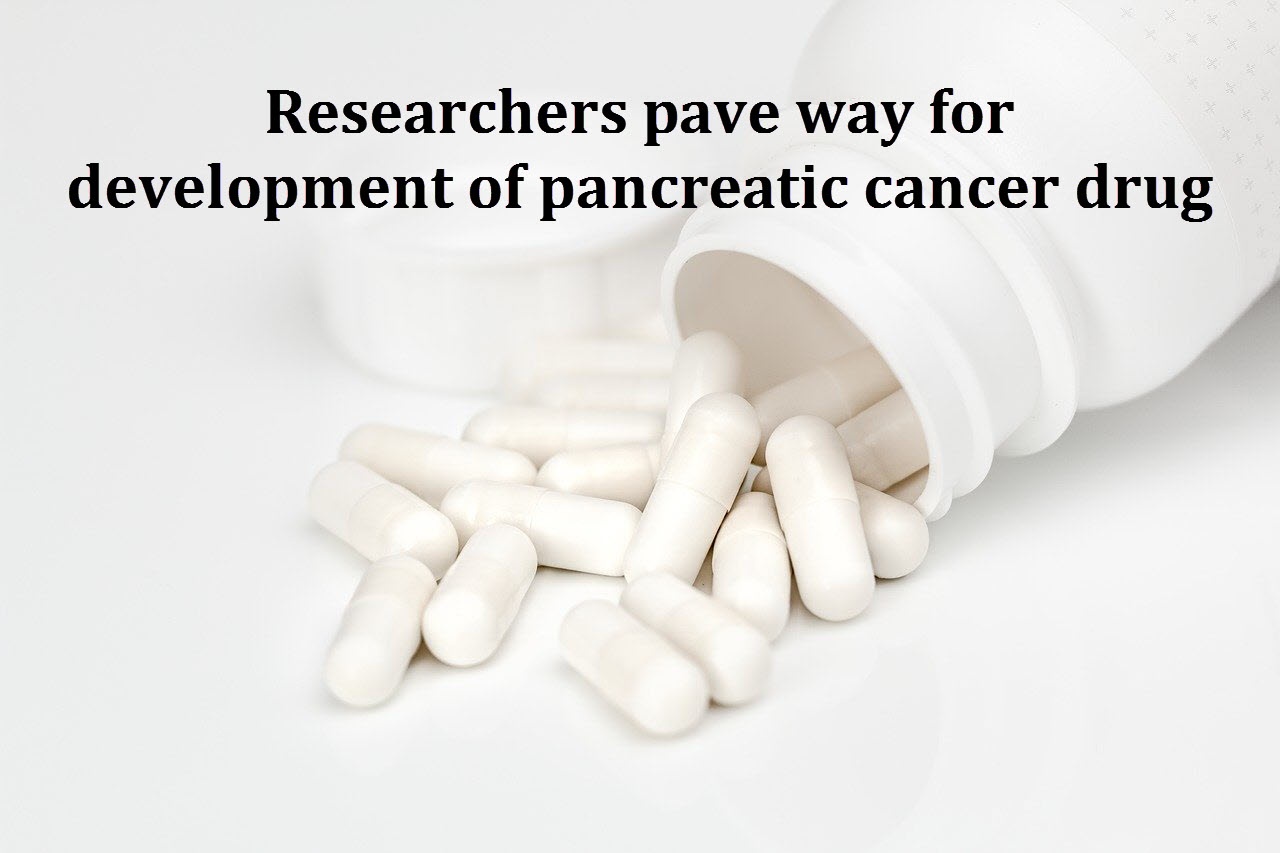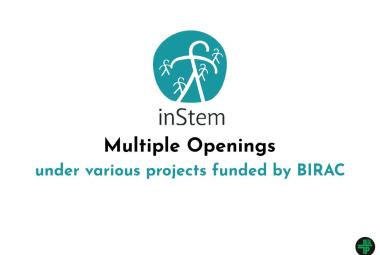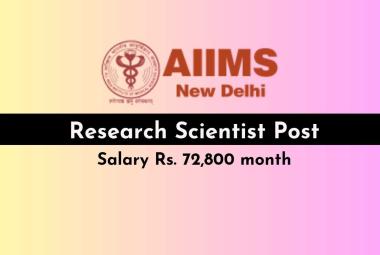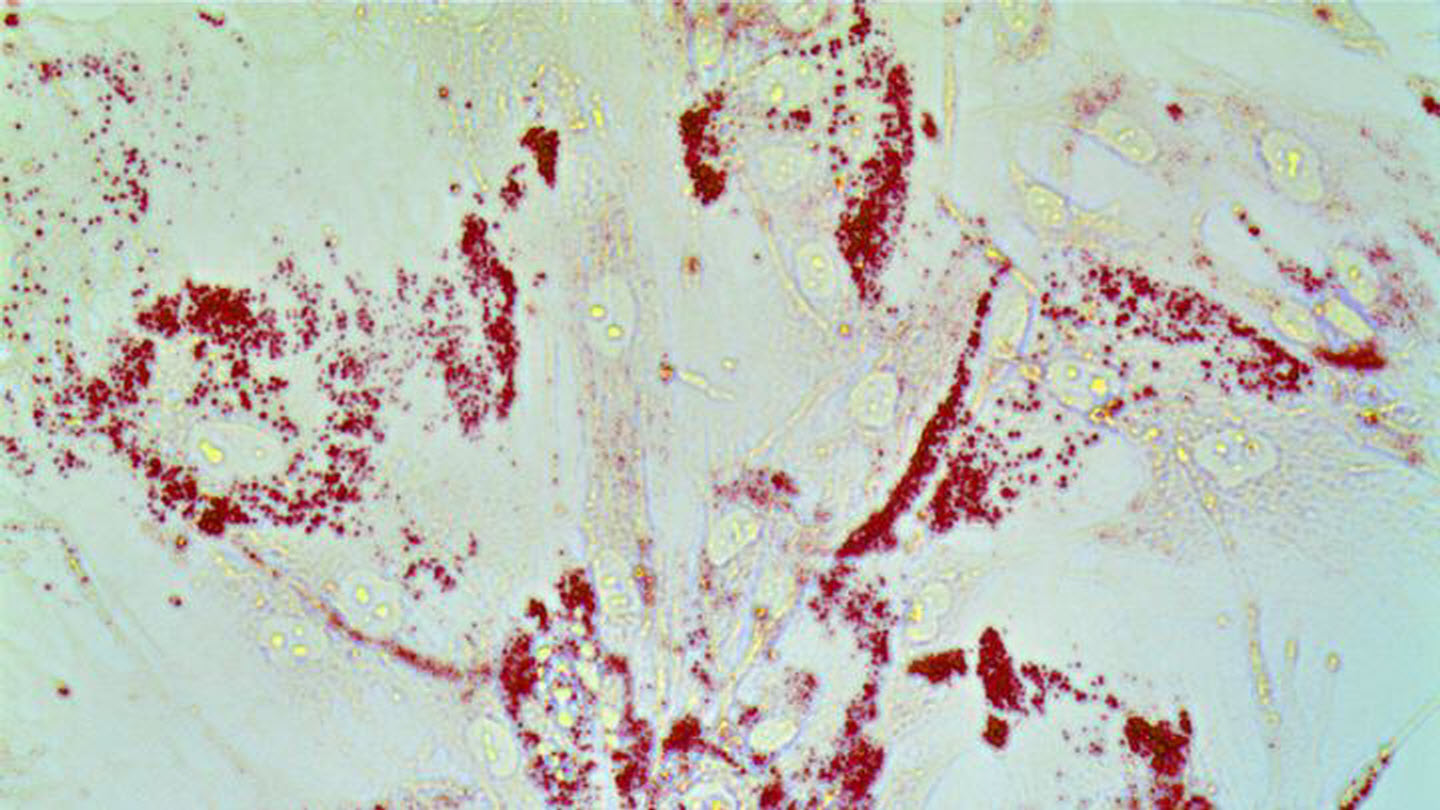
Caption : Cancer cells gobble up lipids. Prostate cells are stained with Oil-Red O to detect lipid droplets. Our work shows that redistribution of lipids from prostate cancer microenvironment triggers inflammation and drives prostate cancer metastasis. Credit : Nick (Jin-Yih) Low
Johns Hopkins Kimmel Cancer Center researchers from the Department of Radiation Oncology and Molecular Radiation Sciences identified a lipid-regulating protein that conveys what the researchers describe as "superpowers" onto prostate cancer cells, causing them to aggressively spread.


